SupremePunk #091
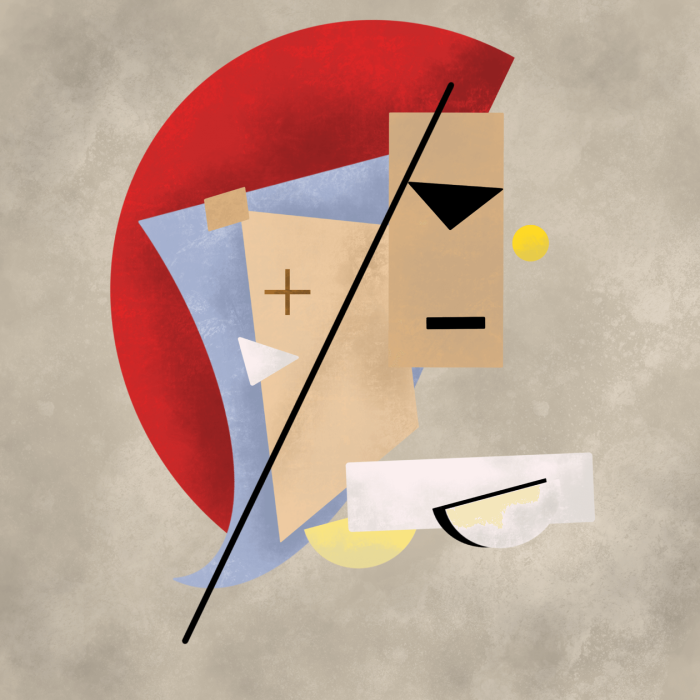
Suprematist Head
Punk is inspired by CryptoPunk #8699 and cubist portraits by Pablo Picasso, painted in the 30s - 40s, in his "surreal" period. Despite the name, many of his works of that time contain echoes of periods of both analytical and synthetic cubism.
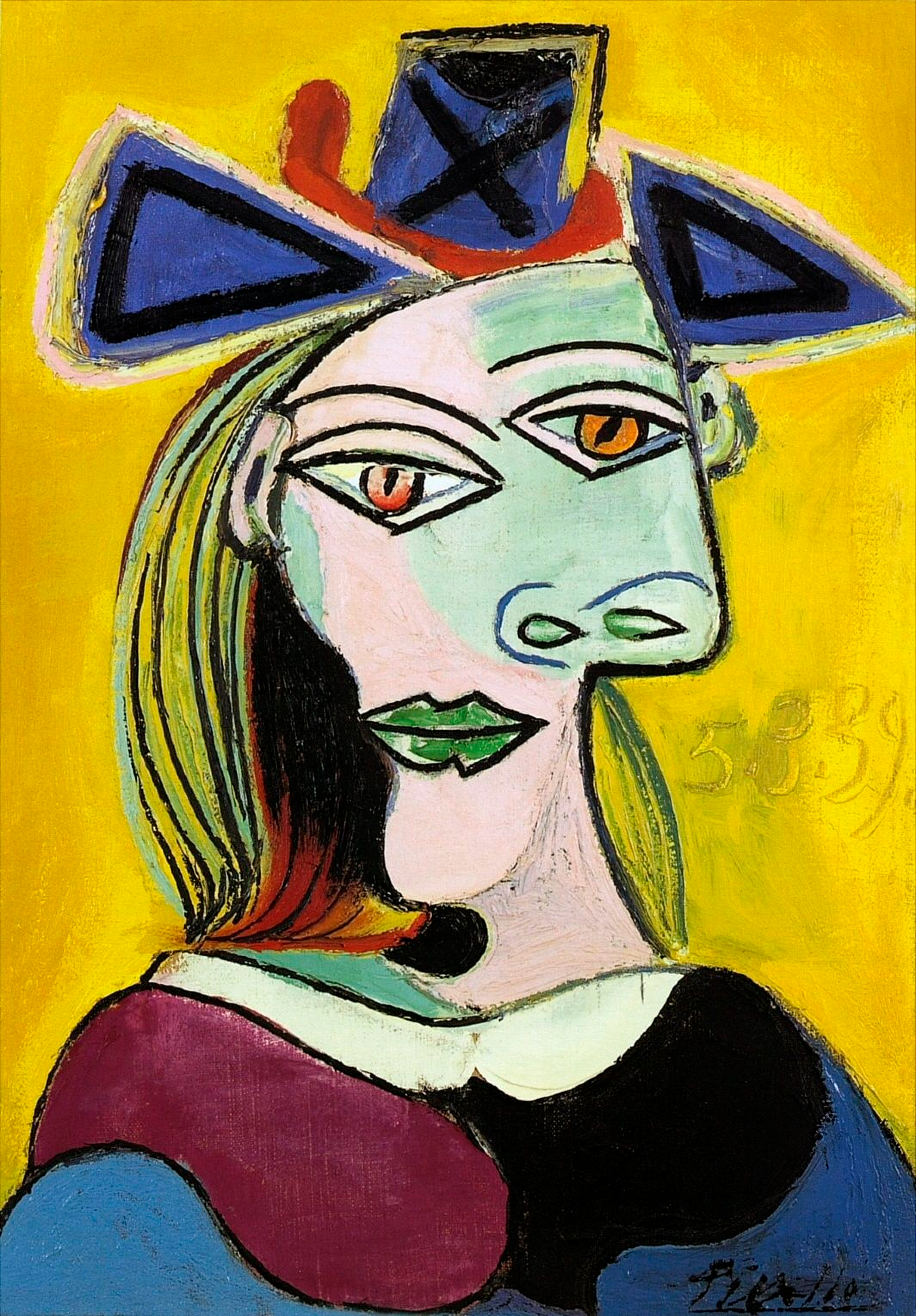
Pablo Picasso — Head of a woman with blue hat, 1939
Punk, based on one of the "Heads of Women" transfers Picasso's research from surrealism to an area that can be called primitive Cubism. Its features may be described as the utmost conciseness of forms, limited palette, local coloring, flatness. The deliberate absence of chiaroscuro is characteristic of any kind of cubism, but usually the volume in cubist artworks is set by layering a large number of figures superimposed on each other. Here, the viewer can enjoy the author's work not with depth, but with a plane. The perception of the picture is simplified by the use of literally four colors, the predominant of which is pale yellow.
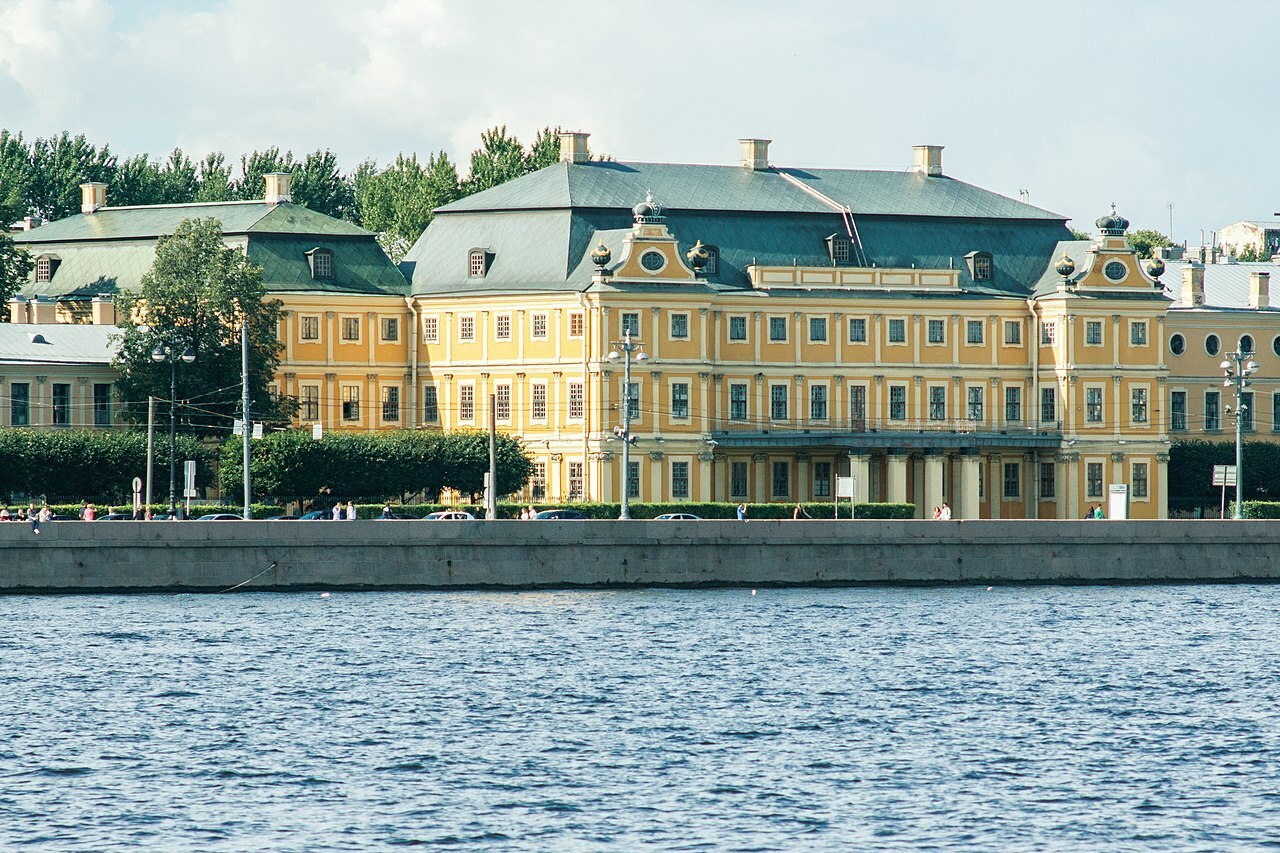
Menshikov Palace in Saint Petersburg, Giovanni Maria Fontana, 1720
A similar principle of flattening and a similar color (palette of yellow) is relevant to another style, but in architecture – that is the famous Petrine Baroque in Russia. Peter the Great, after the foundation of St. Petersburg, began the building of the future capital of the Empire as a modern and beautiful European-style city. He took Dutch architecture as a model and transformed it in the local way. This is how the style turned out, the distinctive features of which are its simplicity, unexpected for a style named "baroque" as much as such conciseness is unexpected for a cubist painting, the color limited by the main pastel colors, the flatness and visual absence of the playing volumes of tectonic masses - all this applies to the presented Punk as well.
The Punk's face is literally decomposed into quadrangles, the facial features are extremely schematically marked, they are almost indistinguishable from other objects. The head assembles in the viewer's gaze with the help of subtle black accents – an inverted triangle located in the place of the eye and a line defining the diagonal of the composition. It echoes the location of the semicircle, which also organizes the visual orientation of the whole picture with its base.
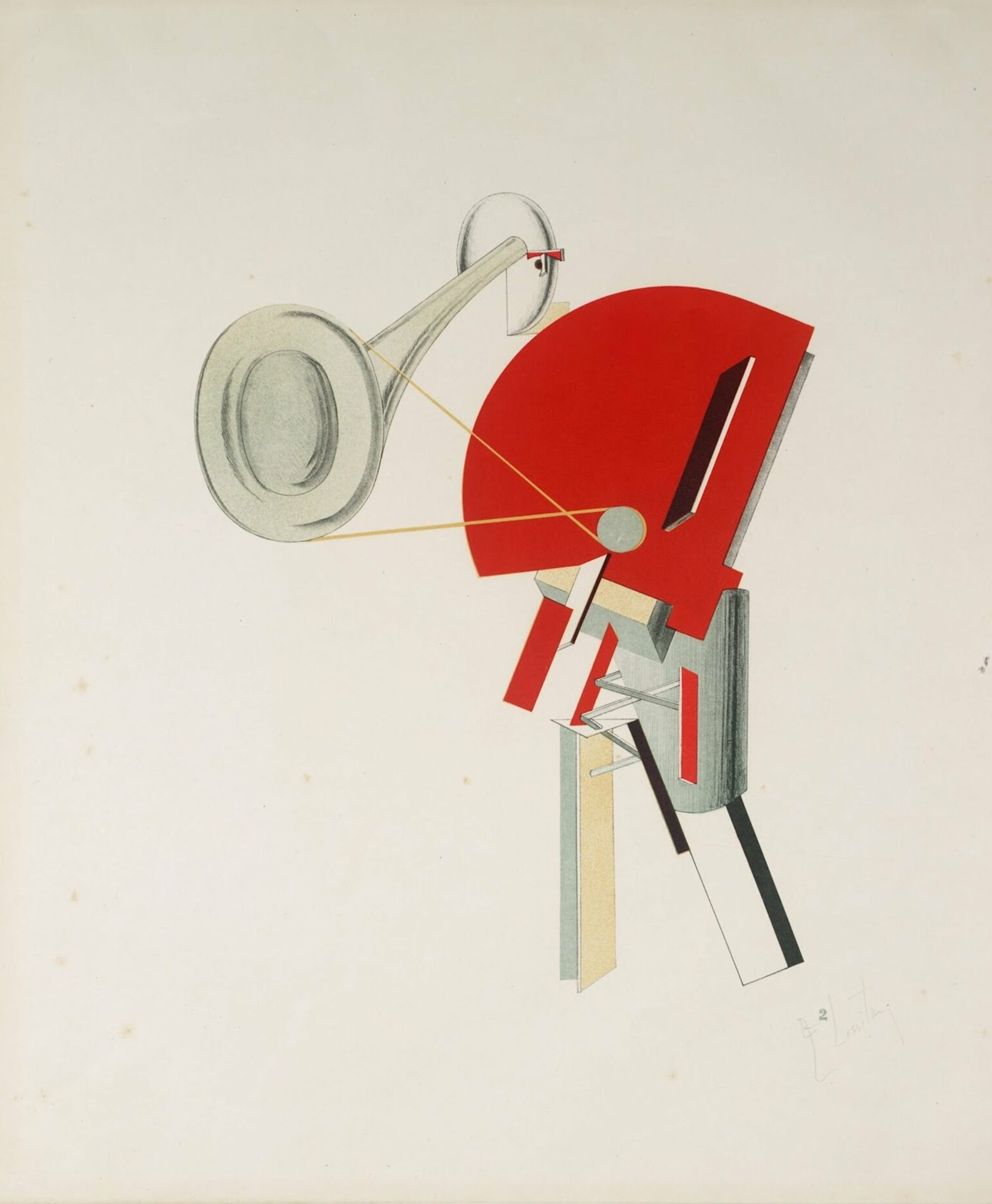
El Lissitzky — Announcer, 1923
If the well-known early Soviet artist El Lissitzky’s same abstract compositions did not have such potential for being formed into recognizable plots like faces, helmets or figures, then Punk is the actual way of viewing reality through this abstract geometric prism. It is not a separate world where form and color rule, but the real world transformed by these forms and colors and the artist's view of them.
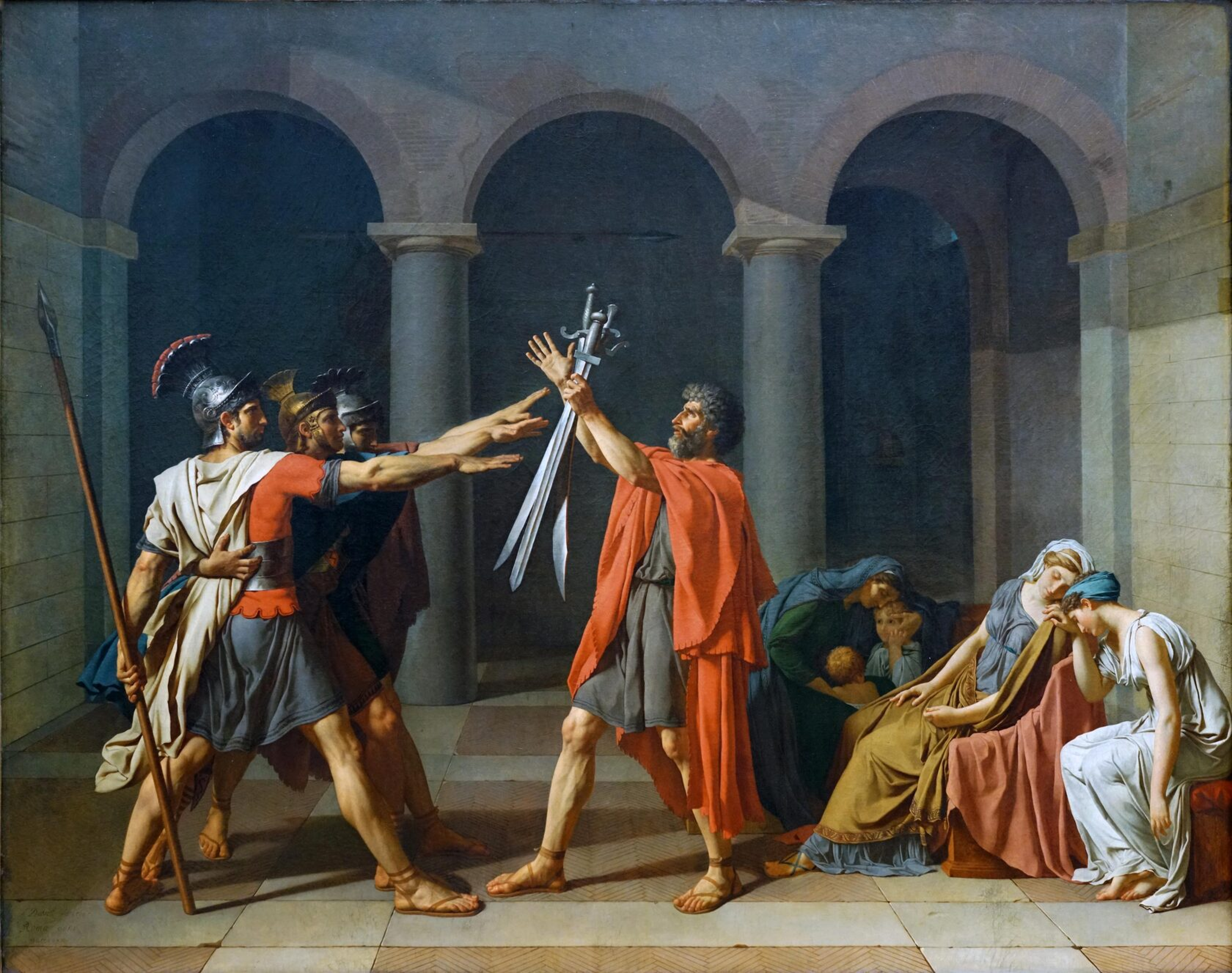
Jacques-Louis David — The Oath of the Horatii, 1784
This semicircle attracts attention due to its bright red color. It resembles the helmet of a Roman centurion (commander of an army unit) with a red plume, which everyone remembers at least from the painting by Jacques-Louis David, "The Oath of the Horatii". But instead of lush feathers, light translucent because of their thinness, a monolithic heavy figure is depicted here. On its background there is an unusual, slightly curved plane of blue-silver color. It looks just like the back of a helmet that protects the neck and shoulders of a warrior.

Buy

Gallery:
CryptoPunk #8699 that has been taken as a base

Your transaction is in progress

You have connected to the wrong network

Transaction is successful!


